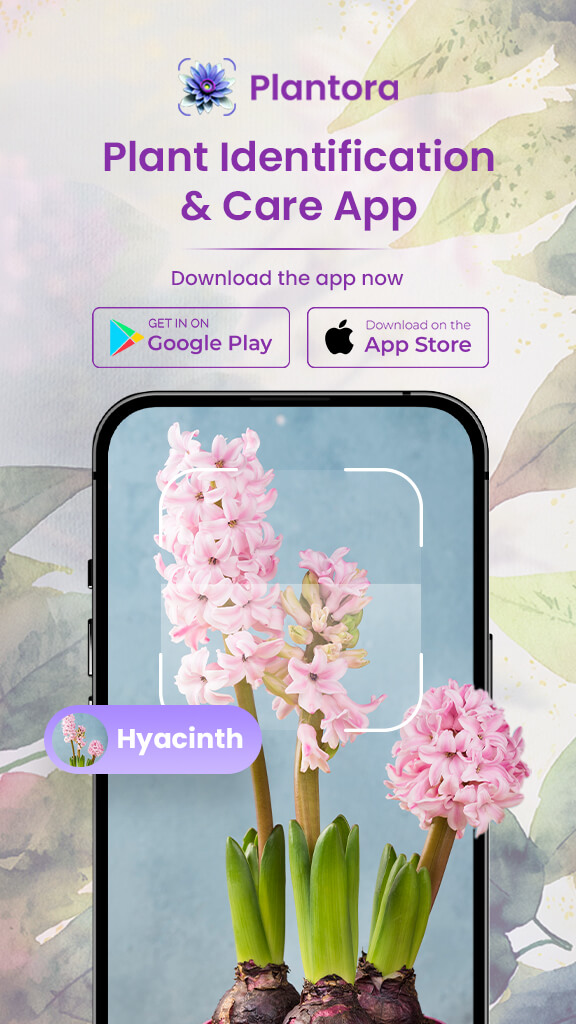
Live aquatic plants can add a beautiful touch to your aquariums and can enhance the quality of the underwater environment which further ensures the healthy life of fish. Live aquatic plants are often preferred over artificial plants as they provide many advantages over fake ones.
If you love growing indoor plants and have an aquarium then growing aquatic plants can be a very fun activity that also increases the tank’s quality, appearance, and many other benefits. A well-established aquarium plant system regulates the environment of the tank and also removes harmful contents from the water.
Why choose Live Aquatic Plants?
Live aquatic plants are special plant species that are adapted to grow in water. Furthermore, these plants can provide numerous benefits over artificial aquatic plants and can create a more natural appearance for your aquariums.
These plants can help in water filtration, oxygen production, and shelter for underwater beings. Apart from these advantages most of the aquatic plants are easy-to-grow and low-maintenance. By providing a natural habitat these plants create a friendly environment for fishes. They also prevent any algae growth.
And through their lush green foliage and vibrant flowers, they create an aesthetic sight that can be relished by both the fish and the aquarium keeper.
How does Tank Water help Live Aquatic Plants?
Every plant needs 3 main components – Nitrogen, Phosphorus, and Potassium to survive and grow. Most cultivators use fertilizers that consist of these nutrients. So how can tank water provide such components to plants? The answer to this question is simple- the waste material from fish is filled with these nutrients. Aquatic plants use these nutrients to build amino acids and convert them into proteins.
Fish and other aquatic organisms release carbon dioxide that is used by the plants during photosynthesis. In exchange, plants provide oxygen to the water which is beneficial for both organisms and plants.
7 Live Aquatic Plants for Your Aquarium
Java Moss (Taxiphyllum Barbieri)

Java moss is a foreground aquatic plant that is used to create cover rocks and carpets. It can be attached to stone or driftwood and its dense branching structure provides hiding and resting spots for fish. You can attach this plant to the base of the tan using fish line or mesh and once established it will attach itself.
This live aquatic plant can survive many light conditions but grows faster in bright lights. It also does best in temperatures between 74-82 degrees Fahrenheit. This plant is easy to trim and spreads quickly.
Amazon Sword (Echinodorus Amazonicus)

This is one of the most easily identifiable background aquatic plants. This plant is known for its sword-shaped leaves that can grow tall and broad. It belongs to the Alismataceae family and does best. Additionally, this is an ideal plant for beginners as it is very sturdy and can survive in low levels of nutrients.
It does well in moderate to high lightning and temperatures between 72-82 degrees Fahrenheit.
Java Fern (Microsorum pteropus)

Java fern is the easiest to grow to live aquatic plants. It is famous because of its different shapes and sizes. It has leathery tiny leaves with distinctive textures. Java fern can be attached to driftwood or can be left free-floating.
This plant grows optimally in moderate light conditions. Its growth speed is slow in the initial stages but grows quickly once established. Provide water temperatures between 72-82 degrees Fahrenheit.
Anubias (Anubias barteri)

Anubias is a hardy and famous live aquatic plant among beginners. Its thick and dark green leaves can be attached to rocks or driftwood in the base of the tank. This plant does well in low light conditions and a temperature between 72-82 degrees Fahrenheit. Apart from that this plant is tolerant and easy to grow.
Hornwort (Ceratophyllum demersum)

Hornwort is another one of the low-maintenance live aquatic plants that can be free-floating or planted in the substrate. It has feathery and light green leaves. This is a fast-growing plant that can survive a wide range of temperatures. It needs minimal lighting to grow so it is suggested to plant it deep in the substrate.
Cryptocoryne Becketti

Also known as water trumpet this is a great mid-ground plant. It comes in various shapes and sizes and is known for its colorful foliage. You can plant the roots at the base of the tank. It is a very tolerant plant with various water parameters and does well in low to medium light. The plant can experience some transition which can cause it to lose some leaves. However, they will recover in no time.
Water Wisteria (Hygrophila difformis)

This plant has delicate, lace-like leaves and is a versatile aquatic plant that can survive in various conditions. However, it thrives in moderate to high-lighting conditions. Also, it is a fast-growing plant that can be easily pruned by cutting the lower leaves. It can be planted in the substrate or left floating. Provide a temperature range between 74 and 82 degrees Fahrenheit.
Conclusion
These aquatic plants can be a great alternative to fake plants that most people use in their aquariums as these can provide numerous benefits. However, each of these plants has specific needs and growing conditions that one should know before growing them.
For more information on these aquatic plants and other species of plants, you can check out the Plantora app. This app can help you in identifying plants and also provide valuable information on plant cultivation and plant care.
Raghav is a talented content writer with a passion to create informative and interesting articles. With a degree in English Literature, Raghav possesses an inquisitive mind and a thirst for learning. Raghav is a fact enthusiast who loves to unearth fascinating facts from a wide range of subjects. He firmly believes that learning is a lifelong journey and he is constantly seeking opportunities to increase his knowledge and discover new facts. So make sure to check out Raghav’s work for a wonderful reading.







